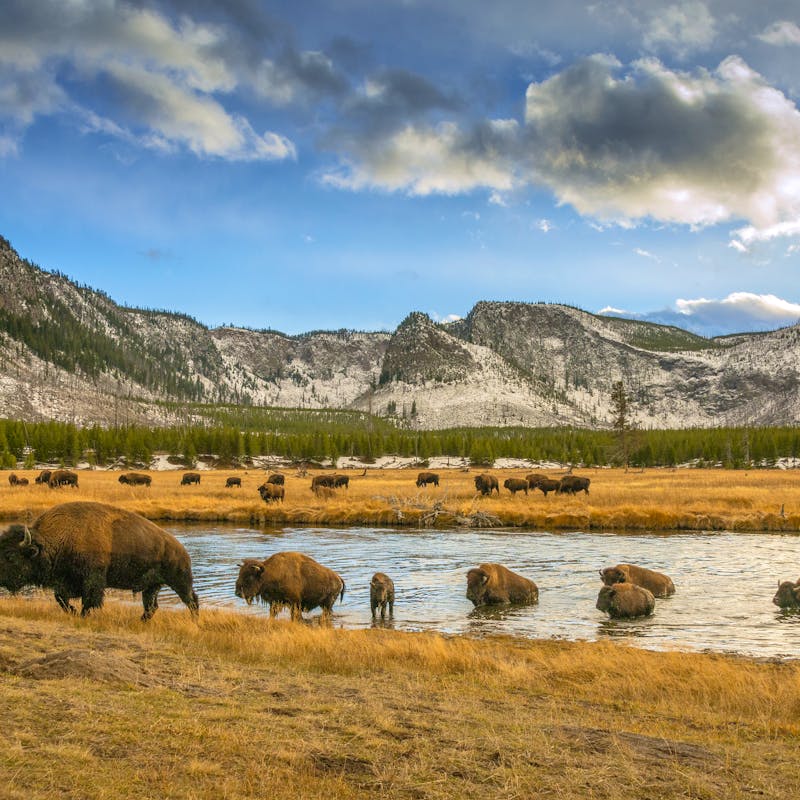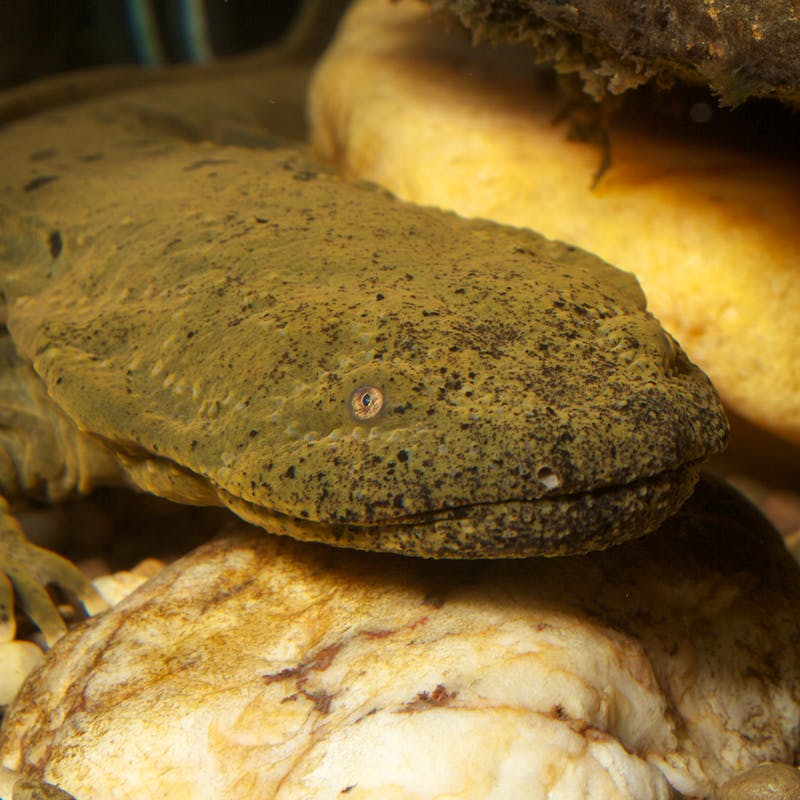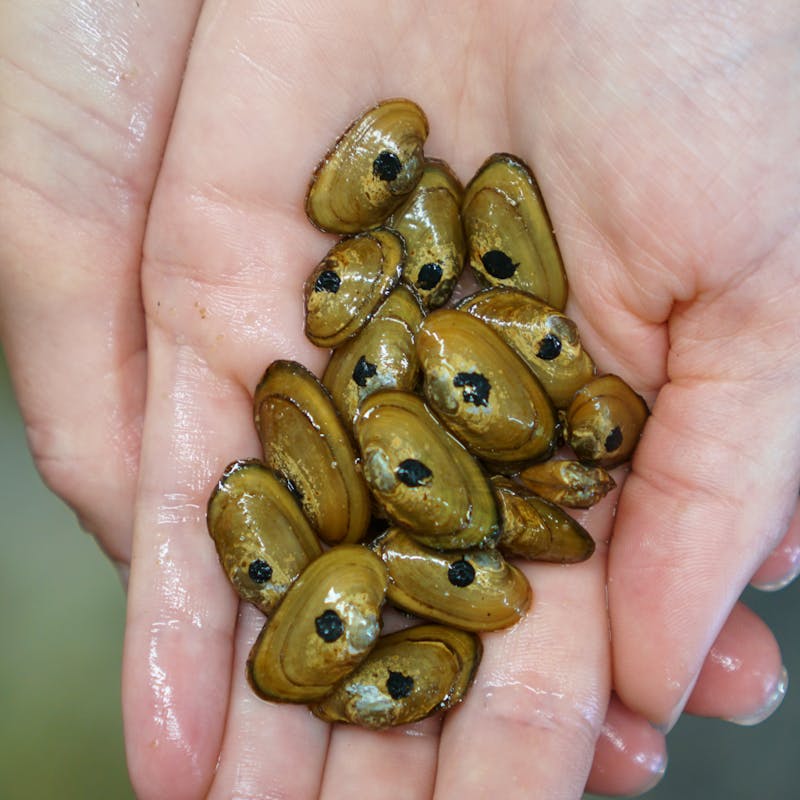The Appalachian mountain range stretches all the way from Southeastern Canada down to Central Alabama.
The Southern Appalachians, a unique section of the range comprising Kentucky, Tennessee, Virginia, Maryland, West Virginia and North Carolina, features the famous Blue Ridge section as well as a wealth of forested land.
Beneath their roaring rapids and shimmering surfaces, the streams of Southern Appalachia hide a little-known treasure. The hundreds of spring-fed rivers that crisscross this mountainous region are home to one of the most diverse arrays of aquatic species found anywhere in the temperate world.
A unique combination of highly varied topography, a relatively stable climate, and refugia for species during periods of glaciation have come together to make the Southern Appalachian Mountains the perfect home for hundreds of species of fish, mussels, crayfish, aquatic insects and more.
Conservation of aquatic habitats in the Southern Appalachians face some of the greatest challenges. For almost a century, dams and reservoirs have been one of the most prominent human impact on the Southern Appalachian landscape. Built to provide hydroelectric power, flood control, recreational opportunities and secure water supplies, these impoundments have a severe impact on the surrounding landscape. Perhaps most importantly, they fragment habitat, isolating species’ populations upstream from those downstream, and limiting genetic exchange. An even greater and growing threat, however, is the recent explosion in unregulated development within the region. The increased urban sprawl tends to be concentrated in the flatter floodplains along the riverbanks, where development leads to loss of riparian habitat and increased erosion of streambanks. The eroded sediment winds up in the streams, muddying the water and carrying pesticides, fertilizers and other pollutants.
We are fighting to protect state and federal habitat throughout the Appalachians, from Rocky Fork State Park in Tennessee to the Great Smoky Mountains National Park and Pisgah and Nantahala National Forests. Defenders is engaged in litigation to stop the Atlantic Coast Pipeline and we are working to protect habitats from oil and gas development, as well as coal mining. We have been collaborating on National Forest management plans to conserve biodiversity.
We are a member of the Little T Native Fish Conservation Partnership to protect the Little Tennessee River Basin. We also work to protect private lands and launched the Southeastern Hellbender Conservation Initiative (SEHCI) in 2017. SEHCI’s mission is to bring together science, education, community outreach and on-the-ground habitat restoration to advance hellbender population recovery on private lands in the Southeast.
Southern Appalachians Blog Posts
Read More About the Southern Appalachians








